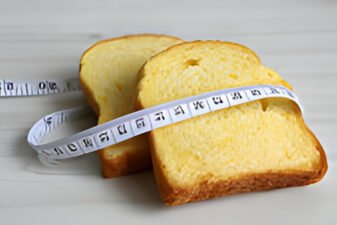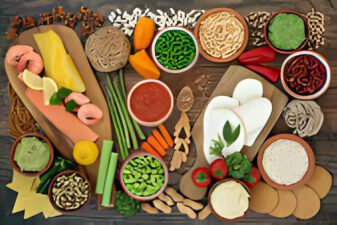Measuring the glycemic index or GI rating of a food is conducted under strict conditions, although sampling methods can vary slightly.
Portions of GI Food Being Tested
Typically, 10 or more volunteers are given a serving of the test-food containing 50 grams of digestible (available) carbohydrate. The actual portion or serving size of each tested food varies according to how much carbohydrate it contains, based on official food composition tables.
The smaller the percentage of carbs in the food, the larger the portion needs to be in order to provide the standard 50 gram amount of digestible carbs. Thus in practice, if a food contains a very small proportion of carbohydrate, necessitating a very large test serving size, the test serving is typically scaled down.
Blood Tested For Glucose
A sample of blood is then taken from each subject every 15 minutes during the first hour and thereafter every 30 minutes. These blood samples are laboratory-tested for glucose content and the results recorded.
Interpretation of Results
The glucose level is plotted on a graph and the results are interpreted using a computer program.
Test Food Results Compared Against Glucose Results
The volunteer’s blood-glucose reaction to the food being tested is compared with his/her response to 50g of pure glucose. These comparative tests using pure glucose are typically conducted several times, on several occasions, to provide a mean response.
Results Averaged
The average blood sugar response from 8-10 volunteers determines the GI value of that food.
GI Rating Categories
Low GI Food
These are foods with a GI rating below 55.
Intermediate GI Food
These are foods with a GI rating between 55 and 70
High GI Food
These are foods with a GI rating above 70









